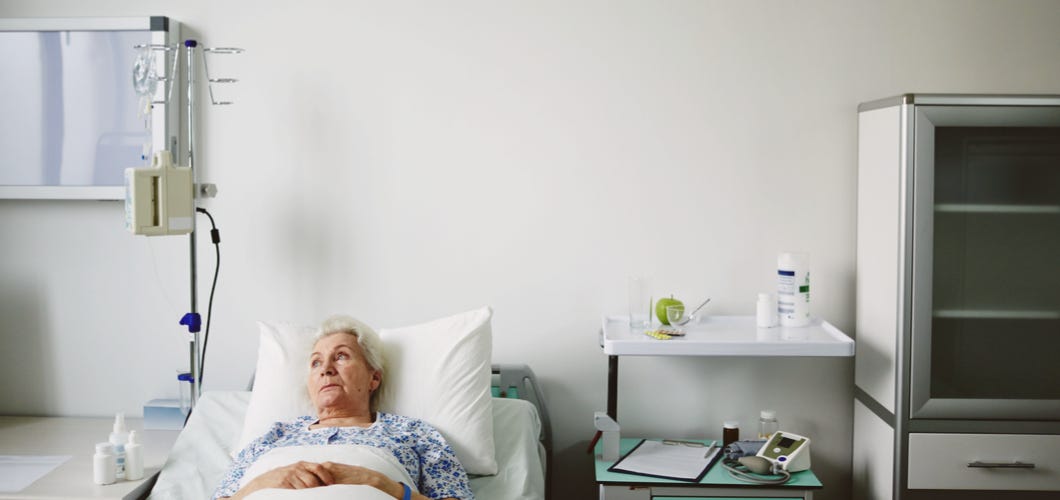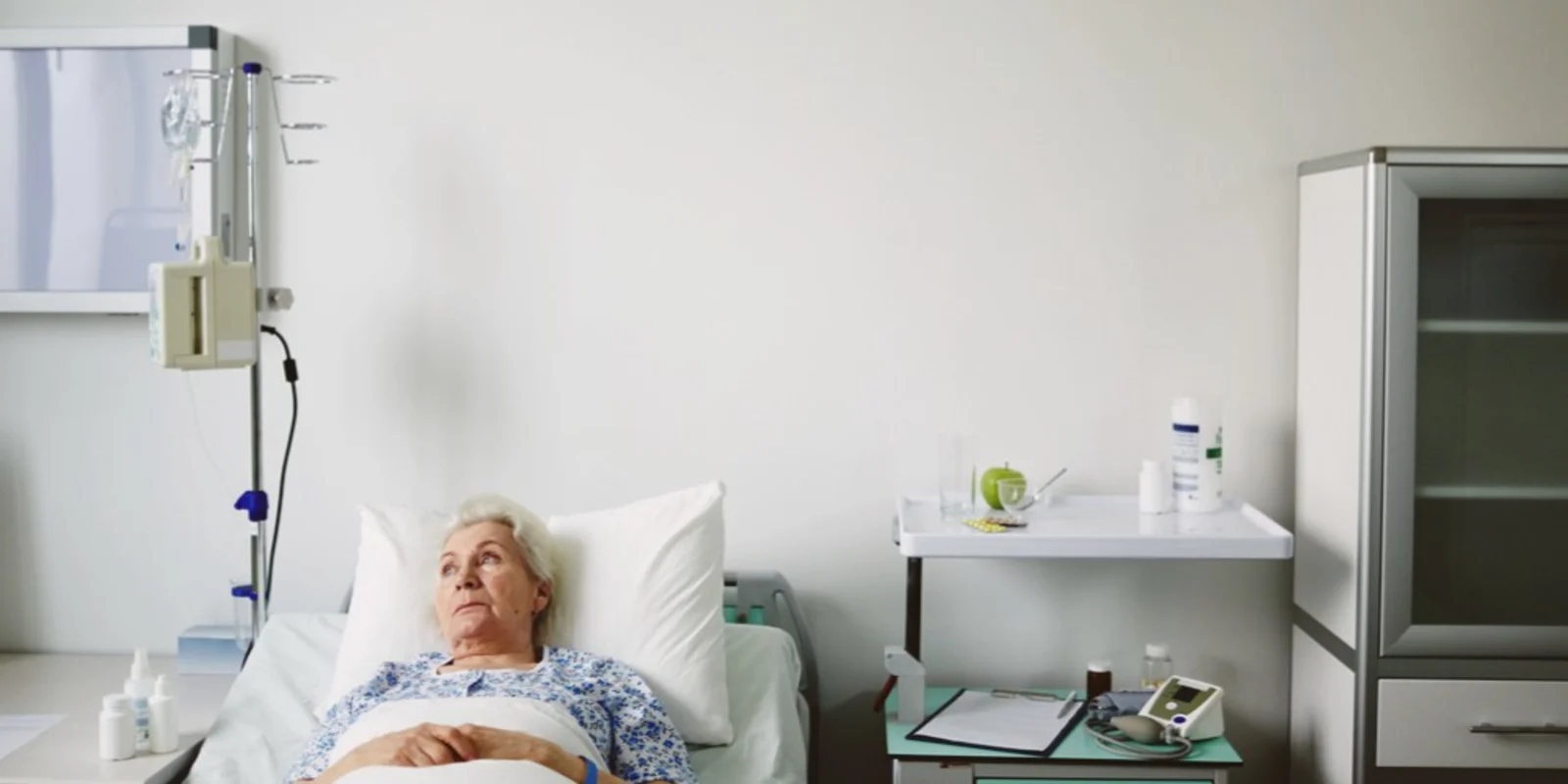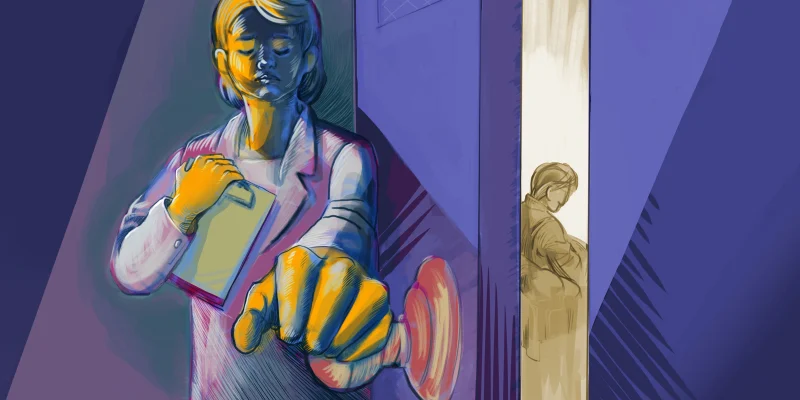
My first admission to the hospital medicine floor was a man presenting with leg swelling to twice his normal size and shortness of breath, preventing him from climbing the 12 steps in his home. These symptoms left him feeling tired and limited in his activities. After digging into his past medical history and completing the physical exam, the diagnosis became clear: this was a heart failure exacerbation due to discontinuation of one of his medications two weeks before. He would remain on our team for a few days while we removed the excess fluid he had retained in his lungs and legs.
Visiting him became a constant of my morning routine before rounds. Each day, I entered his room, gently awakening him from a deep slumber to ask questions about his symptoms: breathing, palpitations, chest pain, leg swelling. These basic questions were then followed by some small talk about the view of Lake Michigan from his room or his experiences teaching high schoolers. Eventually, we developed a running joke about the hospital strawberry shortcake and how he thought he could definitely bake a better one.
My role in this patient’s care was to know everything about him pertaining to his medical care, ranging from his smoking history to the doses of his medications. While I felt like I had a good grasp on his medical self, I was missing a large deal of who he was as a person. In the hospital, we capture a snapshot of patients at one moment in time, gathering the information relevant to their current admission. What astounds me is the rich history all patients carry that shapes their health status, understanding of medicine, and engagement in their own medical care. I soon realized I could never know everything about this patient, but did my best to understand him beyond his current hospitalization to contextualize his situation.
As a medical student, I often had more time than anyone else on the care team to sit and discuss his medical situation and next steps. At the same time, I felt that I was the least equipped to deliver the information. It was empowering to be entrusted with patient communication and humbling to realize that I wouldn’t have all the answers to his questions. Coordinating the information from multiple teams to deliver a cohesive message, while also considering what the patient understood and already knew, proved to be a difficult task. Incorporating family members into the conversation added another layer of complexity as I worked to gain the trust of his caring wife at the bedside.
When he had clinically improved and was ready for discharge, I began to gather the materials necessary to send him home with a smooth transition. Discharging my first patient was both exciting and unsettling. I was proud of the progress that our team had made and the tangible improvements in his breathing and oxygenation. He subjectively reported feeling much better and objectively had improved his oxygenation, weight, and physical exam. With the help of the heart failure team, he was armed with new knowledge about heart failure and how to manage his own health through medications, diet, and activity. In that sense, I felt we had done our job. On the other hand, I felt a lot of work remained. He still was not back to his normal state of health and exercise tolerance. The doses of some of his medications needed to be increased. The underlying cause of his heart failure was still not clear.
Prior to my time on the wards, my notion of a hospital visit was that it would “cure” patients, solve all of their medical issues, and restore them to their normal state of health. With my first patient, I realized that it is often not this simple. During a hospital visit, we make small steps in the management of a patient’s conditions and plan for the time after discharge. We cannot resolve every problem for hospitalized patients, but we can equip them with the knowledge to take care of themselves and coordinate follow-up with other providers after discharge. The journey to health often begins in the hospital; our goal is to give patients the education and resources to continue that journey once they leave.






